Search Results for Tag: top 5
Top5: You better steer clear of these venomous (or poisonous?) animals
When we start talking about animals that can easily kill or at least terribly hurt humans, we have to start with a clarification: There’s a difference between venomous and poisonous creatures. The difference lies in the delivery of the toxic material that harms a human being. Let’s say, a king cobra bites you, it delivers the poison by performing an action. That’s called venomous. If you, on the other hand, happen to eat incompetently prepared toxic puffer fish (or Fugu), it’s called poisonous. The fish does not take action but scores a strike anyway. Fugu is considered to be a delicacy in Japan, by the way. When its organs, which are covered by neurotoxins are hurt, the meal could easily become the last one for the brave eater.
So how do we compile this list of the Top5 of venomous (or poisonous) animals? We take the deadliness of the candidates into account. And here are the winners of the competition, remarkably enough most of them live in the oceans:
But let’s stay out of the water first. The poison dart frogs are a group of frogs (Dendrobatidae) in various colors from blue to red or black. The most deadly species is called the golden dart frog. It caries enough venom to kill 10 grown men. The frogs were given the name by the indigenous people of Colombia who used the strong toxic to tip their blowgun darts for hunting.
You have to look twice to not step upon the second member of our list. The stonefish got its name from its ability to camouflage itself by donning stone like colors. But what is so dangerous about this fish? Along the stonefish’s back a row of 13 venomous spikes is protruding from its spine. It does not really attack its victims, but squeezed or pressured the spines release their venom. The result is terrible pain, muscle weakness, shock and – if untreated – death.
The next sea creature in our list you better not pick up as well. The marbled cone snail has a sting to protect itself from enemies. But also to attack , if a careless collector comes up with the slightly stupid idea to grab the marble housing. As there is no antidote available, touching the snail most commonly is followed up by an initial sharp pain, paralysis and may result in death within 2 to 6 hours.
Number four: The Blue-ringed octopus is as deadly as any other of the competitors in the list. And it is malicious because it bites and the bite is said to be painless. If bitten the clinical effects depend on how much of the venom was transferred into the wound. Usually the symptoms set in fast. Within minutes, the victims feel numbness, muscular weakness and difficulty breathing and swallowing. Death is possible. Experiments with the venom concluded that a single adult octopus is able to fatally paralyze 10 adult humans.
We started the list with a blue species and we are going to finish it the same way. The box jellyfish (or sea wasp) got it’s name from the shape of their bell. The jellyfish’s toxic is delivered through it’s up to 3 m (10ft) long tentacles to attack the victim’s heart, nervous system, and skin cells. Because of its painfulness, human victims may go into shock or die by heart failure. It’s possible to survive attacks, but survivors experience long-lasting pain and often have scars where the tentacles made contact.
Stay save out there.
The 5 hungriest animals
1. The American Pygmy Shrew (Sorex hoyi)
With a pulse clocking in at more than a 1000 per minute, the smallest mammal in North America really needs lots of food to keep its phenomenal metabolism going. Every day it eats three times its own weight. To do so it needs to constantly eat and never sleeps for more than a few minutes. An hour without food would mean certain death. But this high-octane life style takes its toll – the 5 cm long animals typically live barely a year.
2. The Blue Whale (Balaenoptera musculus)
As the largest animal ever to have lived you’d expect the blue whale to be a good eater. 30 meters long and weighing some 170 tons, it eats up to 3,6 tons of krill (a type of plankton) a day. That’s equivalent to a daily intake of 1.5 million Calories – or about 6000 Snickers bars.
3. The Humming Bird (Trochilidae)
With its heart beating up to 20 times a second during hovering flight, humming birds need lots of food to maintain their phenomenal flight engines powering their wings which can flap up to 80 times a second. They eat up to twice their weight in nectar every day making them not only the hungriest birds but the hungriest animals outside the insect realm.
4. The Giant Weta (Anostostomatidae)
With a span of up to 18cm and a weight of 70 grams, this creepy crawly is considered the largest insect in the world. Here’s a specimen that is officially the largest on record – discovered by a former park ranger on new Zealand’s Little Barrier island. And it is very hungry indeed. The news item shows it attempting to gobble up a carrot. The park ranger added: “She would have finished the carrot very quickly, but this is an extremely endangered species and we didn’t want to risk indigestion.”
5. The Star-Nosed Mole (Condylura cristata)
If you are hungry, you want to eat. Quickly. By that measure the star-nosed mole must be one of the hungriest animals around – because it eats faster than any other mammal. It , both, finds and swallows its food typically in less than a quarter of a second. Which is about as fast as you blink.



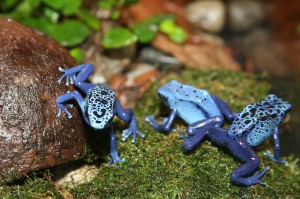
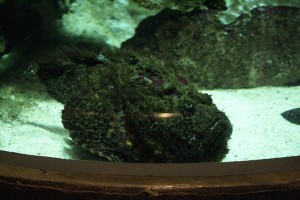

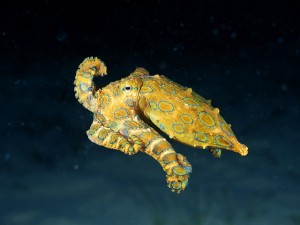
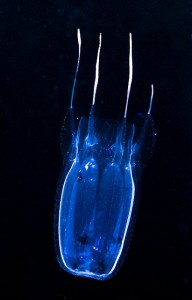

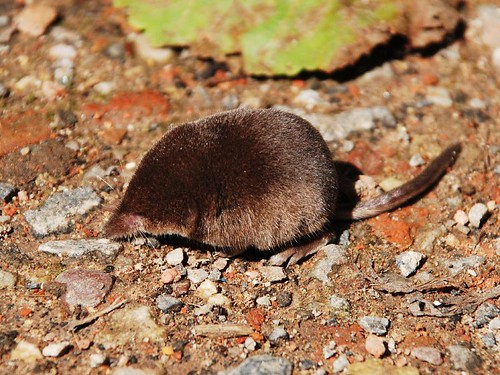
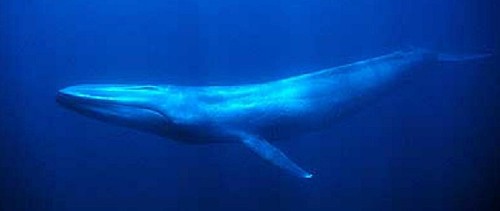
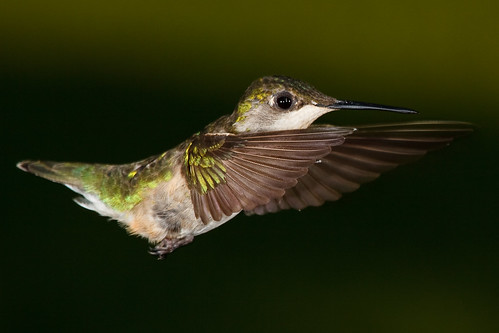

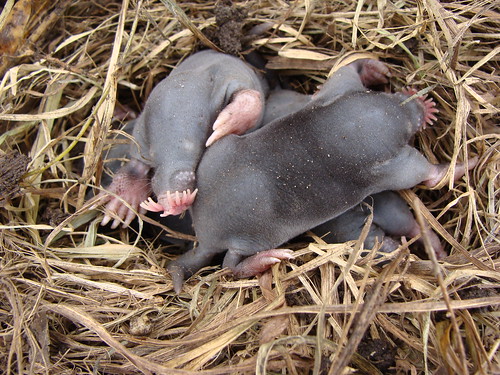
Feedback